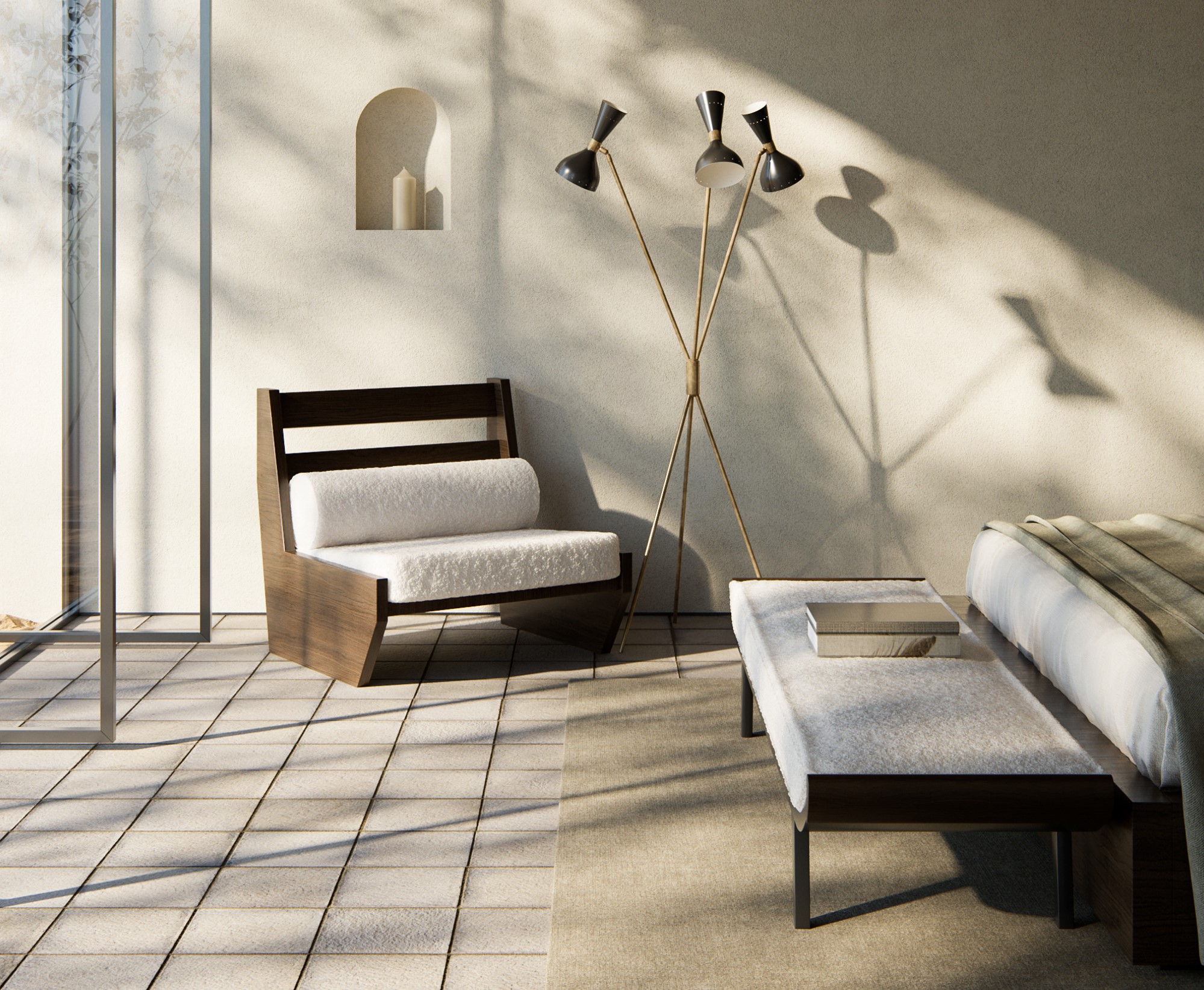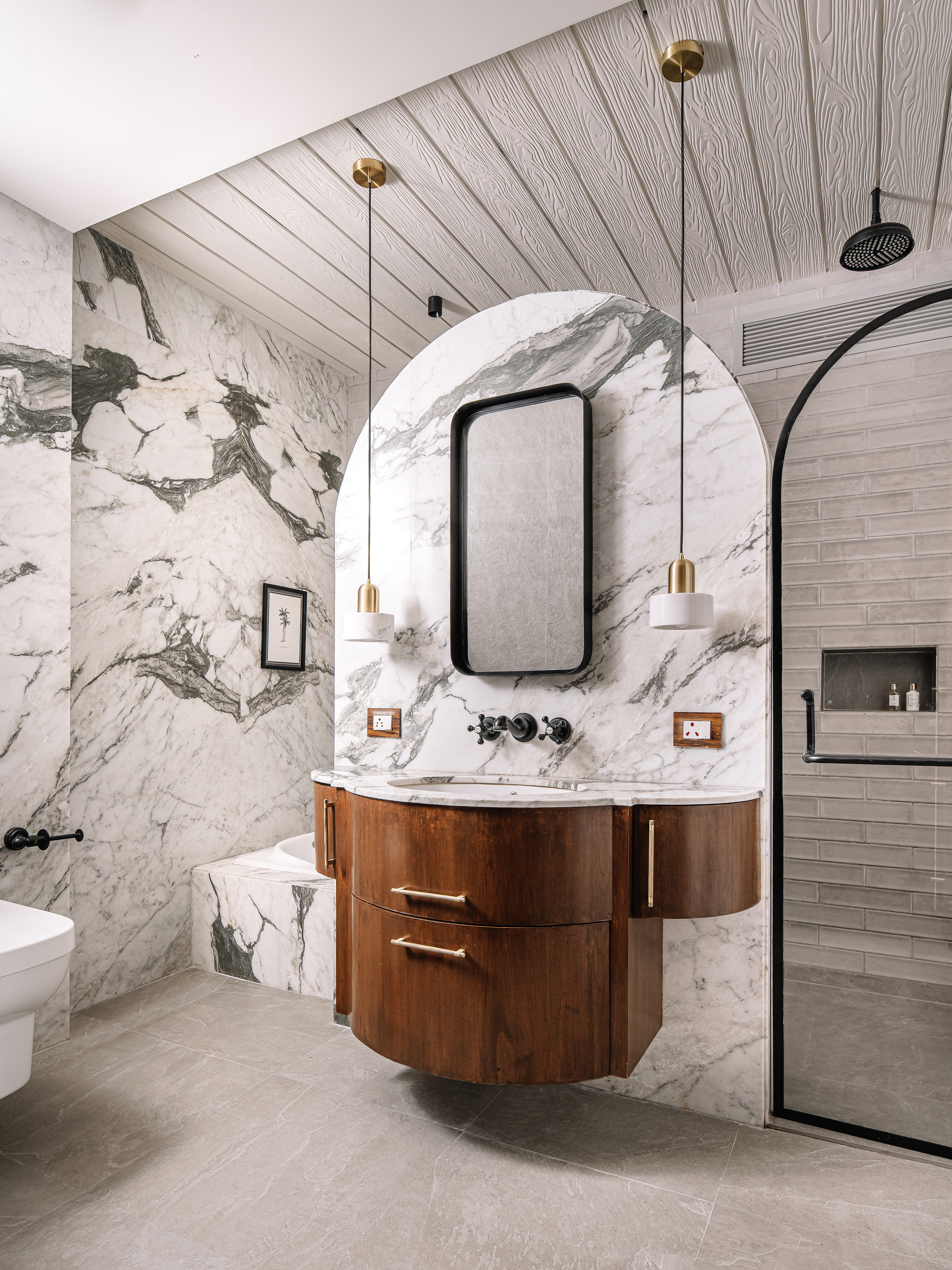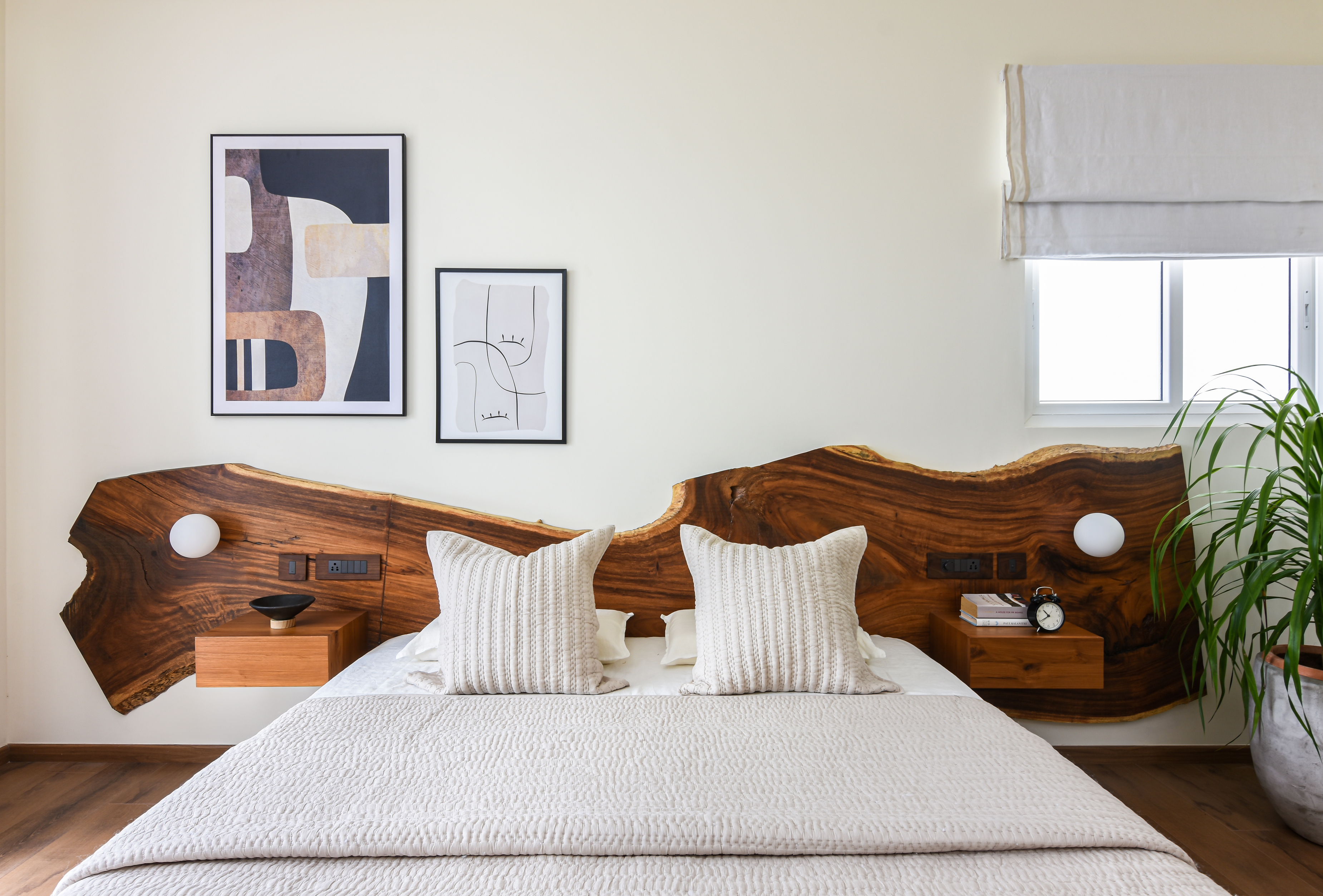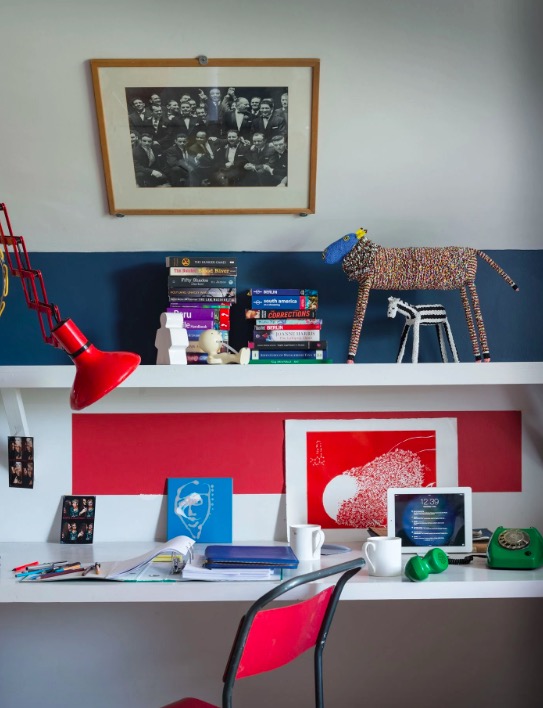What actually is task lighting? Designers explain, plus offer their best advice so you don't get it wrong
Task lighting is a valuable element of any scheme that makes work easier to see and do. Here's everything to know about it


Task lighting is that fixture that helps you read, write, cook and clean better. Remember the time you sat down in your favorite chair with a good book and found yourself straining to see the page? And then the addition of a simple lamp made your life easier? This is that fixture that complements your need for bright, functional light.
In the larger scheme of your home's lighting, task lighting makes up a small yet significant chunk. By learning more about its purpose and types, you can make your kitchen, bedroom, or living room lighting better. Take a look at what our experts had to say.

Aditi is a homes writer and editor with several years of experience. Her articles, backed by expert insights, offer suggestions aimed at helping readers make the best home design choices. For this article, she spoke to top interior designers and industry experts to find out everything about task lighting.
What is task lighting?

Largely, task lighting is the type of light you use when you read, write, cook, or study something up close. It’s an important fixture to get right so you can avoid eyestrain and keep processing the task at hand. These types of lights can be flexible pieces, like lamps or swing arm scones that can be moved around to throw better light.
'Task lighting is specifically used to increase visibility, illuminate small areas without straining the eyes and for the ease of performing tasks such as reading, writing, cooking, sewing, or other intricate work in interior spaces,' says Aryaman Jain, CEO, Innovative Lighting Designs Limited.
'It is an essential element in every interior space – from living rooms and bedrooms to kitchen and study areas – as it aids the user in performing their day-to-day tasks. Task lighting when paired with ambient lighting helps maintain an adequate amount of illumination in a space.'
Why is it important?

Task lighting serves not only an aesthetic purpose but also a health and well-being one. This type of lighting is important for your eyes, as inadequate lighting can cause eye strain and lead to eye problems. This makes sure you can work safely and comfortably, in the kitchen when you're chopping, slicing, or cooking, or as a bathroom mirror lighting idea so you can apply your makeup without any worries.
'Unlike ambient lighting, task lighting does not brighten the rest of the room,' says Meenu Agarwal, founder & interior designer at MADS Creations. 'It is more functional than decorative, and is used for activities that require closer inspection.'
The Livingetc newsletters are your inside source for what’s shaping interiors now - and what’s next. Discover trend forecasts, smart style ideas, and curated shopping inspiration that brings design to life. Subscribe today and stay ahead of the curve.
Types of task lighting
Bedroom lights

If you love to read in bed, you can’t always count on natural light. You need a good, effective fixture. While planning your bedroom lighting ideas, choose lamps, nightstands, or sconces fixed within the headboard to make reading time easy.
'Task lighting as the name suggests illuminates a specific area for a task,' says Akshita Mehra, principal designer at Studio Goya. 'Some of the most important pieces of task lighting are reading lights in a bedroom.'
'In case all lights in the room are switched off one can use the reading light to focus on a novel to improve visibility,' says Akshita. 'The second type we find effective is table lamps for a study table as it helps focus on any tasks conducted on the table. The third type we love is pendants on either side of the bathroom mirror to help illuminate the vanity top.'
Lamps

If you have a small home office with a computer, you don’t want a bright source of light right next to the sides of your screen. Also, you should avoid having a window directly behind the screen or a bright lamp shining from behind the screen or on it. This can create a glare on the screen and cause eye strain. Instead, a standing lamp placed on the desk or beside you can help you out.
These are easy ways to add task lighting to work desks, bedrooms, reading nooks, living room corners, or even in the bathroom. Standing lamps can be used to illuminate a wall, a chair, or paneling, while desk lamps are great for table-tops or work desks. This style of task lighting is the simplest to install since lamps only need an outlet to plug into.
Cabinet lights

Kitchen cabinet lighting makes it easy to find things that can otherwise be lost forever; whether it's a corkscrew, a can of sauce, or a spoon. Under-cabinet or above-counter lights not only add a decorative element to the kitchen but also double as the ideal task lighting, making cooking, chopping, or baking an easy task.
The under-cabinet lights are small, round lights, known as puck lighting, or in long strips or ropes. These can be affixed inside walls or storage units so they don't take up space in the room.
Pendant light

Task lights can also be suspended from the ceiling, and are as effective and useful. Pendants can be used as a kitchen island lighting idea, hung above a coffee table (if hung low), or over a dining table. Large and small pendant lights are available in all sizes, shapes, and materials, depending on your aesthetic and requirements.
'The shape of the pendant mimics the architecture of the Archipelago House, with its high and triangular shaped roof construction,' says Jonas Bjerre-Poulsen, partner at Norm Architects. 'The light is being spread not only down, but also up and to the sides. The bottom of the lamp has been covered with a single piece of Washi paper, which is cleverly held in place by a few magnets, making it easy to disassemble, should you need to change the bulb.'
'The bottom furthermore acts as a screen, hiding the light source and creating warm and indirect light,' says Jonas. 'Small details like the paper cord create subtle references to the furniture in the Karimoku Case Study collection but is also inspired by the ropes and lines found on the nearby small fishing harbor, somehow adding a maritime feeling to the product'
Keep in mind

Before you jump into installing these beauties at home, our experts outline some tips to keep in mind.
'When installing these lights, first, consider additional light sources in the room,' says Meenu. 'This will allow you to install task lighting in a complementary location while maximizing the use of any current light sources. A reading chair or a window seat on the left, for example, might benefit from a task light on its right to help reduce shadows and more uniformly illuminate the room.'
'Place the task light where it will be most effective,' says Meenu. 'Although it may appear simple, positioning is critical when it comes to effective and comfortable job lighting. Reading lights should be set to the side and behind you so that they may beam straight onto the page. This will equally illuminate your environment without being too direct or producing harsh shadows.'
Simple white lights from Amazon
These white-painted iron lamps are ideal for the dining room, kitchen island, or bar. Simple, clean, and aesthetic, they are perfect for modern to Scandi homes.

Aditi Sharma Maheshwari started her career at The Address (The Times of India), a tabloid on interiors and art. She wrote profiles of Indian artists, designers, and architects, and covered inspiring houses and commercial properties. After four years, she moved to ELLE DECOR as a senior features writer, where she contributed to the magazine and website, and also worked alongside the events team on India Design ID — the brand’s 10-day, annual design show. She wrote across topics: from designer interviews, and house tours, to new product launches, shopping pages, and reviews. After three years, she was hired as the senior editor at Houzz. The website content focused on practical advice on decorating the home and making design feel more approachable. She created fresh series on budget buys, design hacks, and DIYs, all backed with expert advice. Equipped with sizable knowledge of the industry and with a good network, she moved to Architectural Digest (Conde Nast) as the digital editor. The publication's focus was on high-end design, and her content highlighted A-listers, starchitects, and high-concept products, all customized for an audience that loves and invests in luxury. After a two-year stint, she moved to the UK and was hired at Livingetc as a design editor. She now freelances for a variety of interiors publications.
